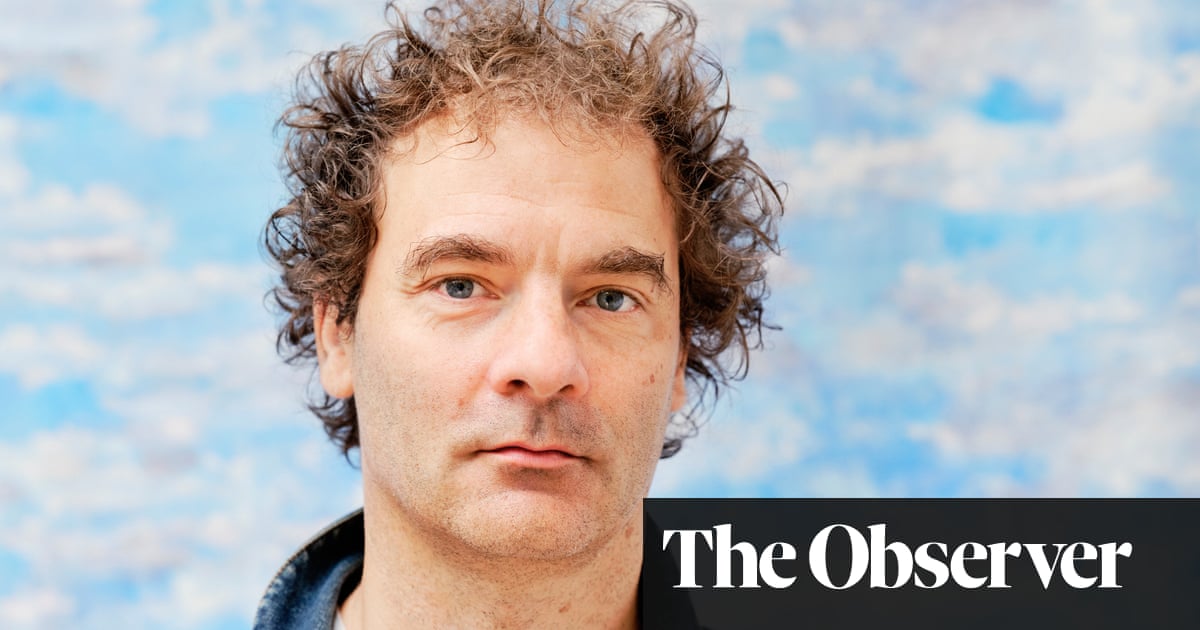
Iran’s decision to abolish the so-called morality police - which we have no way of verifying - and a few state agencies reviewing the mandatory veil law represent a hopeless attempt similar to what many other regimes have taken before falling. It is too little too late.
Neither the scale of the changes, if the reports about them are true, nor the timing - after hundreds were killed and the demands of the protesters began making a radical turn- tell us that this step will be enough. The two decisions are likely to strengthen the conviction of the insurgent forces in the righteousness of their cause and the correctness of their position. They will likely ramp up the pressure on the doubters and those who have bought into the propaganda of the regime.
These late steps, if they indicate anything, reveal just how dumbfounded the regime is. Its narrative is losing sway, weakening the prestige of state apparatuses and the legitimacy of major state officials.
In the beginning, the Iranian authorities denied that violence by the “morality police” had led to the death of Mahsa Amini, the young woman in her twenties whose murder sparked the latest wave of protests, with some claiming that prior illness lead to her death while others went qw far as to say that she had committed suicide to precipitate the events unfolding today.
The authorities also consistently denied that the mandatory veil had been a genuine grievance, conjuring up imaginative conspiracy theories to explain the protests and their motives. If these claims were true, why would the Iranian authorities resolve issues that it had denied were a factor? If the veil and the morality police are the reason for the popular uprising, then how can it claim that the protesters deserved to be killed for posing threat to national security instead of having their voices heard?
The doubters, because of how the government has handled the situation, now know that mandating the veil is a problem, that the morality police is a problem, and that this problem cannot be isolated from the mother of all problems. We are looking at a state that is no longer able to meet the ambitions of the new generation or major segments of previous generations. The avenues for a divorce between them and the regime of the revolution are broad and open.
The fact of the matter is that there are two Iranian revolutions, and they are in conflict in every sense of the word. A backward revolution that wants to maintain a return to the past that began in 1979, and a second that wants to break with everything that 1979 has created. One revolution continues to insist on exporting its values and its vision of the world, justice, and state relations. The other wants to import what it sees as the world, its relation, values, and everything it produces.
Those who took to the streets after the death of Mahasa Amini are not concerned with Iran’s foreign victories, the destructive successes it has achieved through militias, mercenaries, weapons, and drones. What the Iranian people want is to replicate the images they receive from the sizeable and vigorous Iranian communities in Los Angeles, Paris, Dubai, Tel Aviv, or any capital and city that embodies modernity around the globe.
As they see the conditions of women in neighboring Saudi Arabia, they are shocked by the cultural, moral, and religious revolution underway in a society that they openly look down on for historical and nationalistic reasons tied to the Iranian national character. A blend of jealousy and anger that has a strong impact on the public social space is flipping relations between Riyadh and Tehran on their head.
After the Khomeinist revolution, its first export was the Hezbollah al-Hejaz, whose goal had been the overthrow of the regime in Saudi Arabia. Today’s revolution, without a conscious decision to do so having been taken beforehand, is moving in the opposite direction. The developments unfolding in Saudi Arabia are the talk of the town in the heart of Iran, and this mass fascination with Kingdom explains the recent threats against Riyadh and its media.
Everything that is happening in Iran is, at its core, part of this struggle between those who want to export a revolution and those who want to import one.
The word revolution is not used hyperbolically or unfoundedly here. This word has become commonplace in coverage and commentary on the events that began unfolding around three months ago. Indeed, the slogans no longer call for reform or adjustments. Rather, they have gone as far as contradicting the fundamentals of the Iranian regime and raising doubts about its legitimacy and nature.
Most importantly, the current revolution is not led by a figure from within Khomeini’s institutions like the Green Movement of 2009, which was led by the trio of Mir-Hossein Mousavi, Mehdi Karroubi, and Mohammad Khatami. If one adopts the most optimistic possible view, one would conclude that it was a movement that strove to correct course within the confines of the regime and at the hand of one of its most prominent sons. Today, on the other hand, we are looking at a direct clash between the regime in its entirety and youths who want something totally different.
It is no coincidence that the veil is at the heart of this split. The veil, in the final analysis, is an image of the Khomeinist revolution, what it stands for, and its core social dynamic as a value system. Because the veil is the regime in the eyes of the people of Iran, the insurgents have turned it opposing it into a rallying cry in their battle to bring down the regime in its entirety.
Yes, the matter is bigger than the veil in terms of its direct, material impact on people’s lives or as a demand for greater individual freedoms, the demand for which is broadening. The veil is euphemism for Khomeinism in the message the new generation of Iran is sending, with a lot of blood, to the shelves of history.












